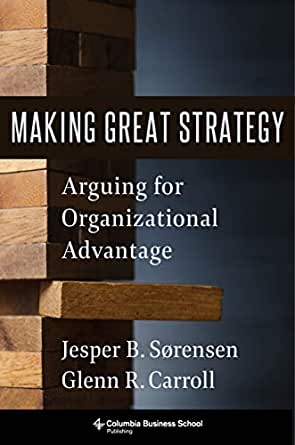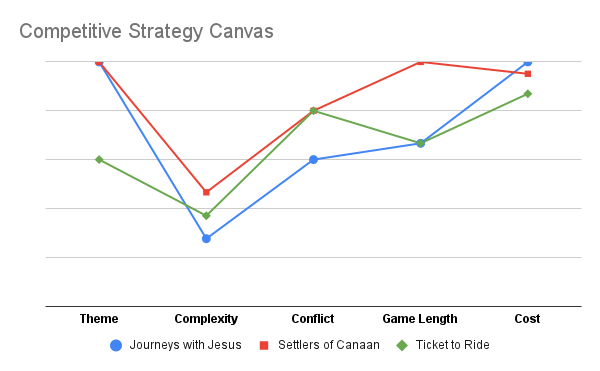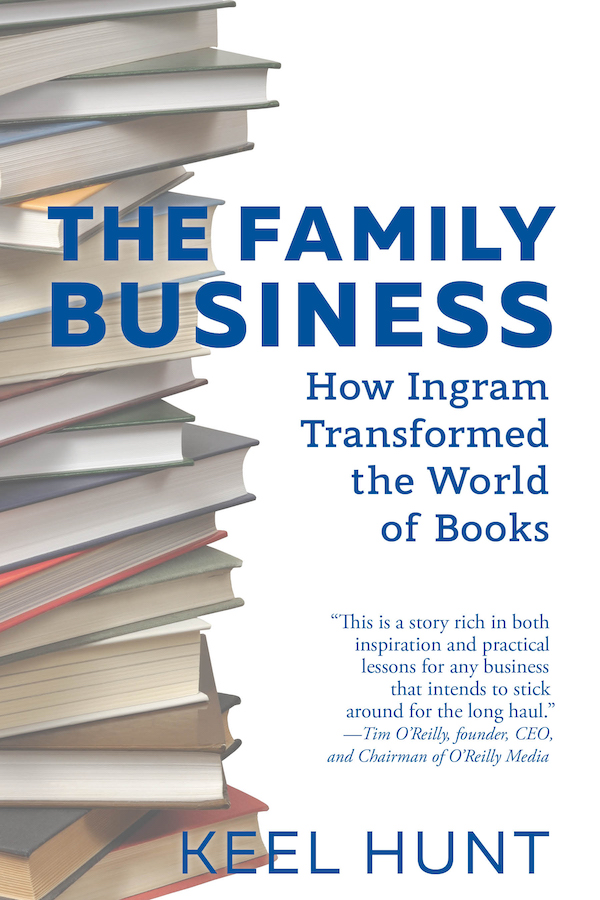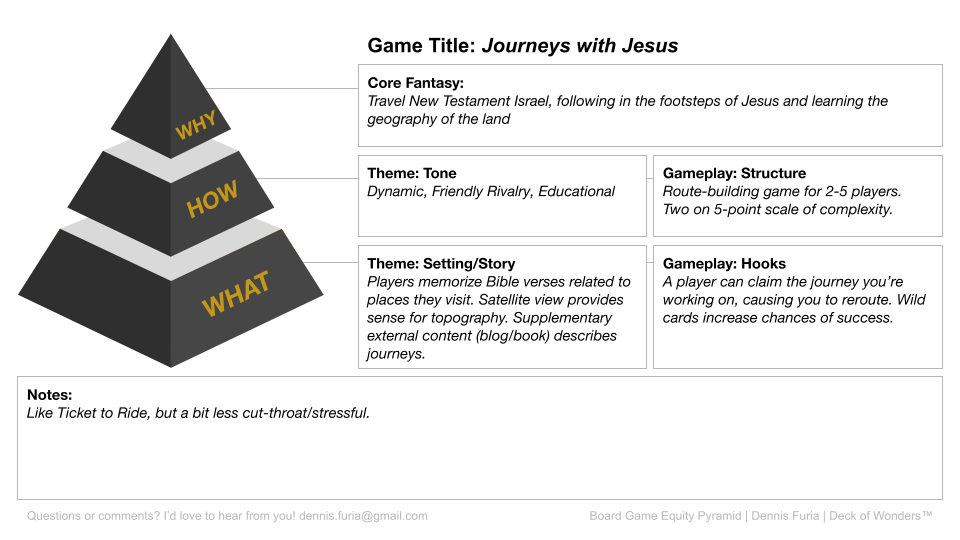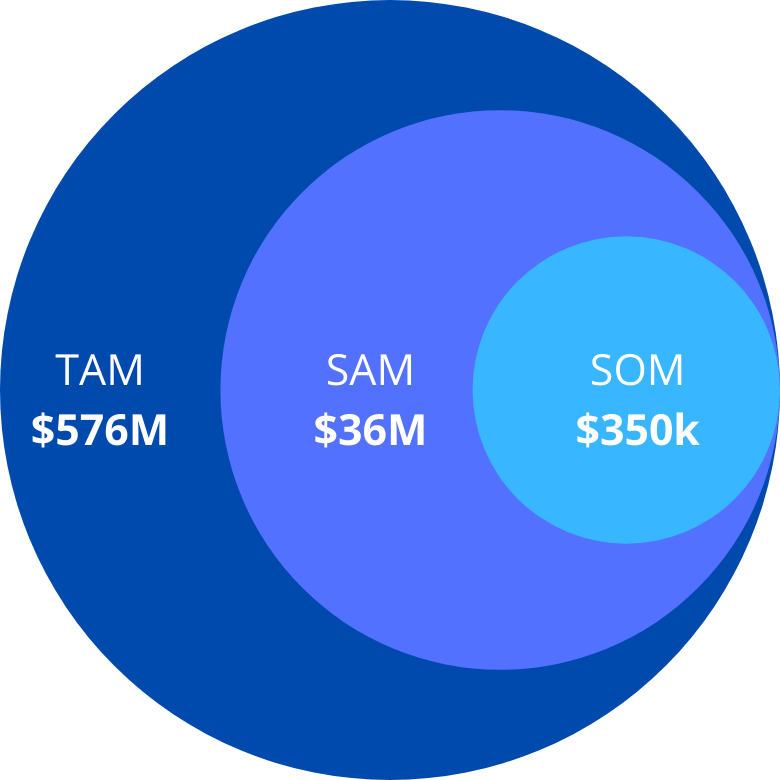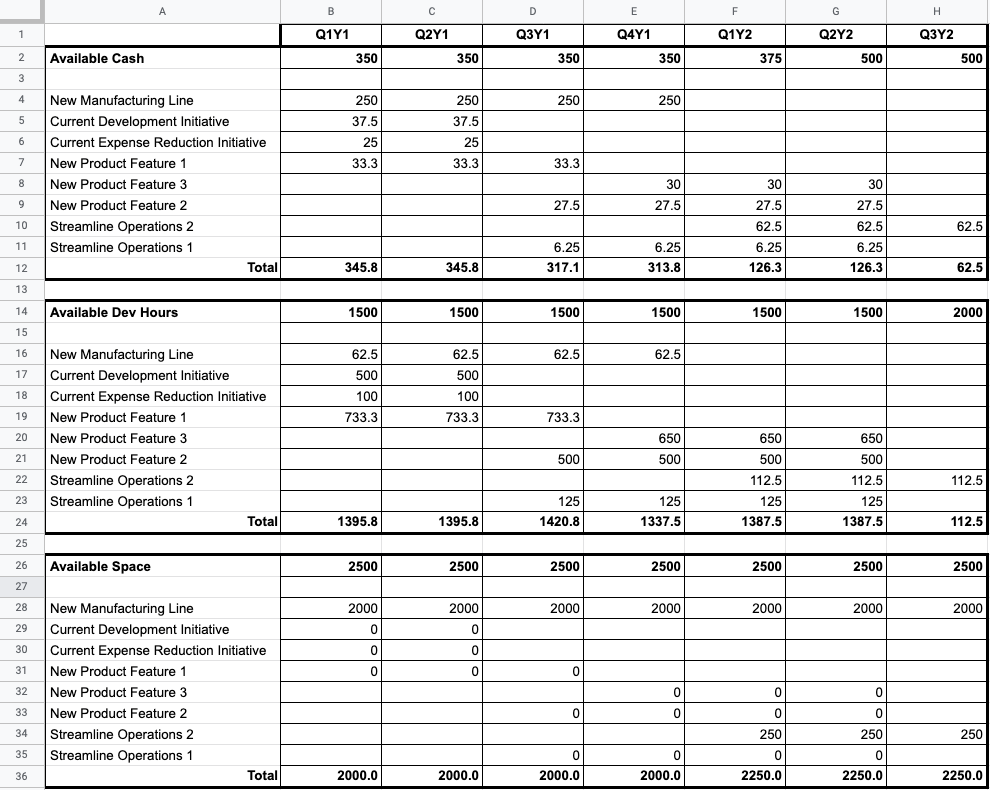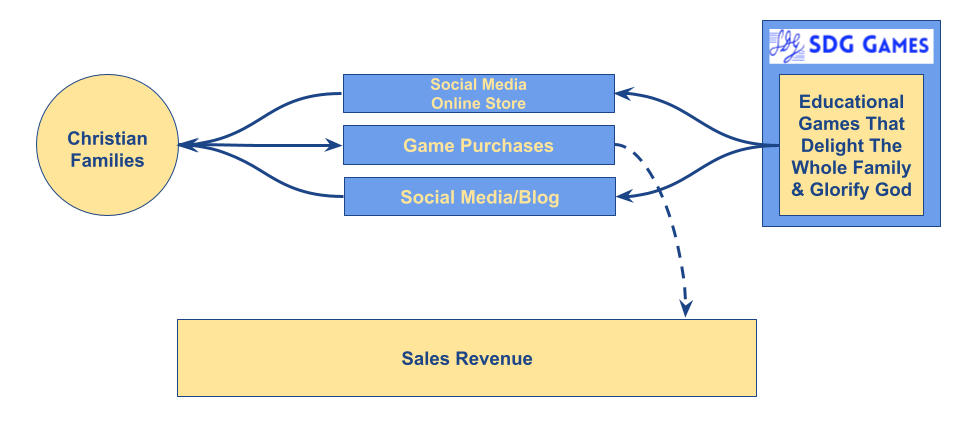In an earlier article, I explored the target market for SDG Games, and in the process I came up with a rough market sizing. Today, I want to start building the market sizing story for potential investors.
A common way that startups explain market sizing to potential investors is by talking about it at three levels: Total Addressable Market (TAM), Serviceable Addressable Market (SAM), and Serviceable Obtainable Market (SOM).
The most common market sizing mistake that entrepreneurs make is to say something like “the mobile app market is $200B and rapidly growing; if we just got 1% of that, we could grow our startup to a multi-billion dollar business”. A statement like that will likely ruin your chances to raise money from any experienced investor. In my opinion, the best approach is to build the market sizing bottom-up.
Read the full article for more details and to see how I sized the market for SDG Games.

